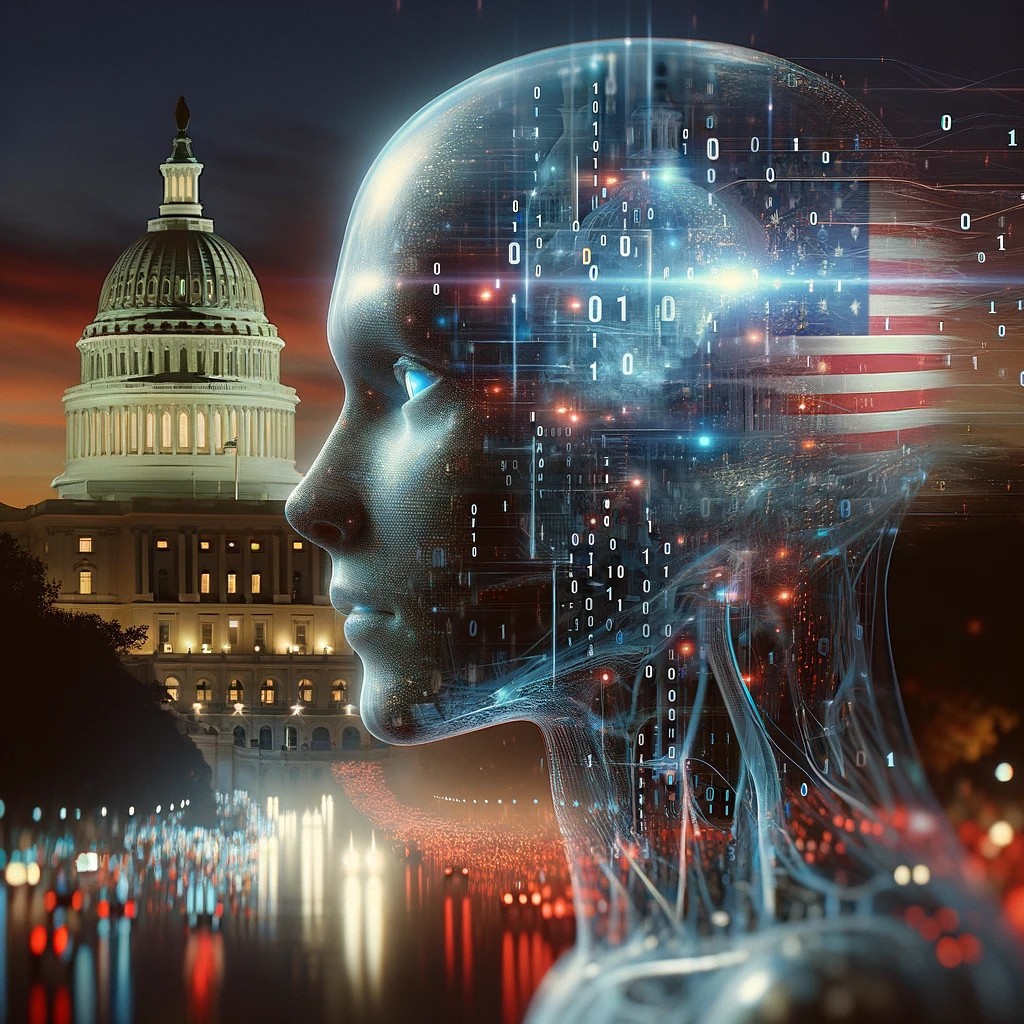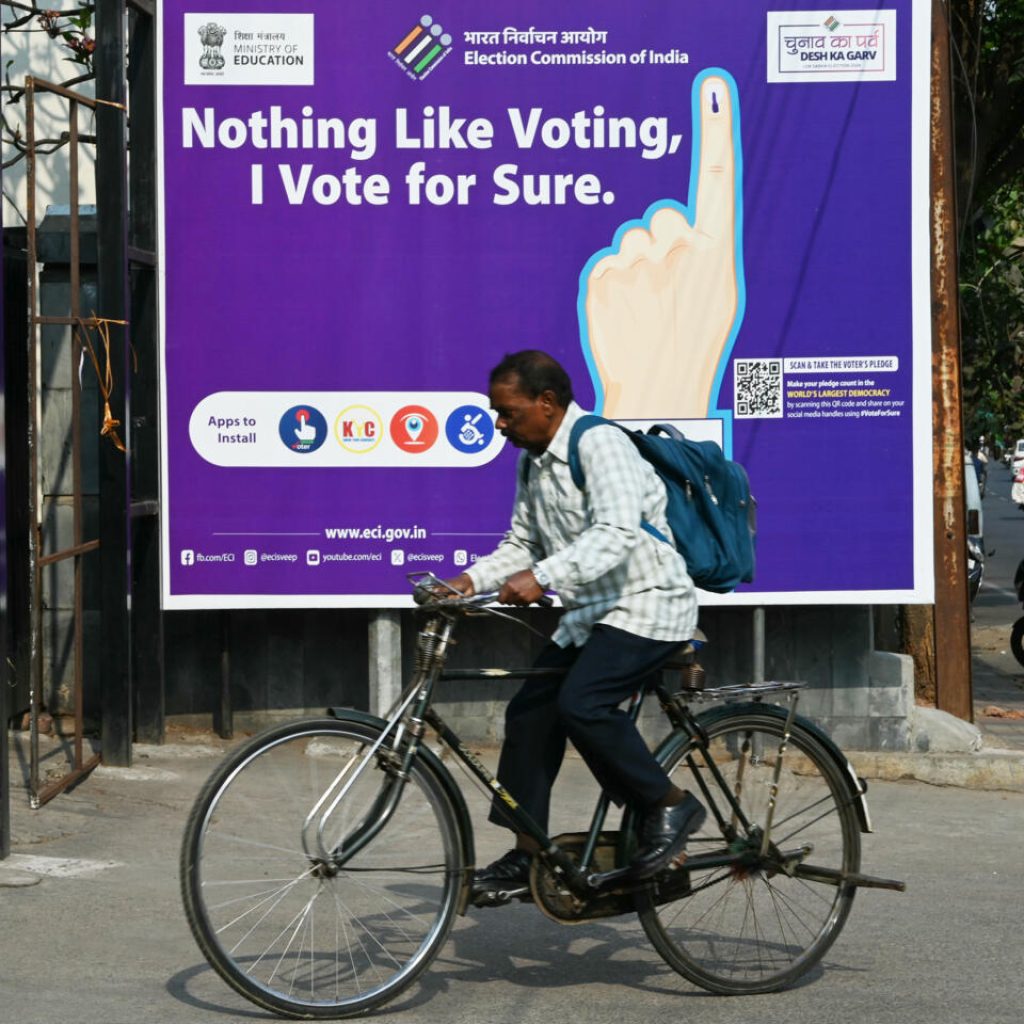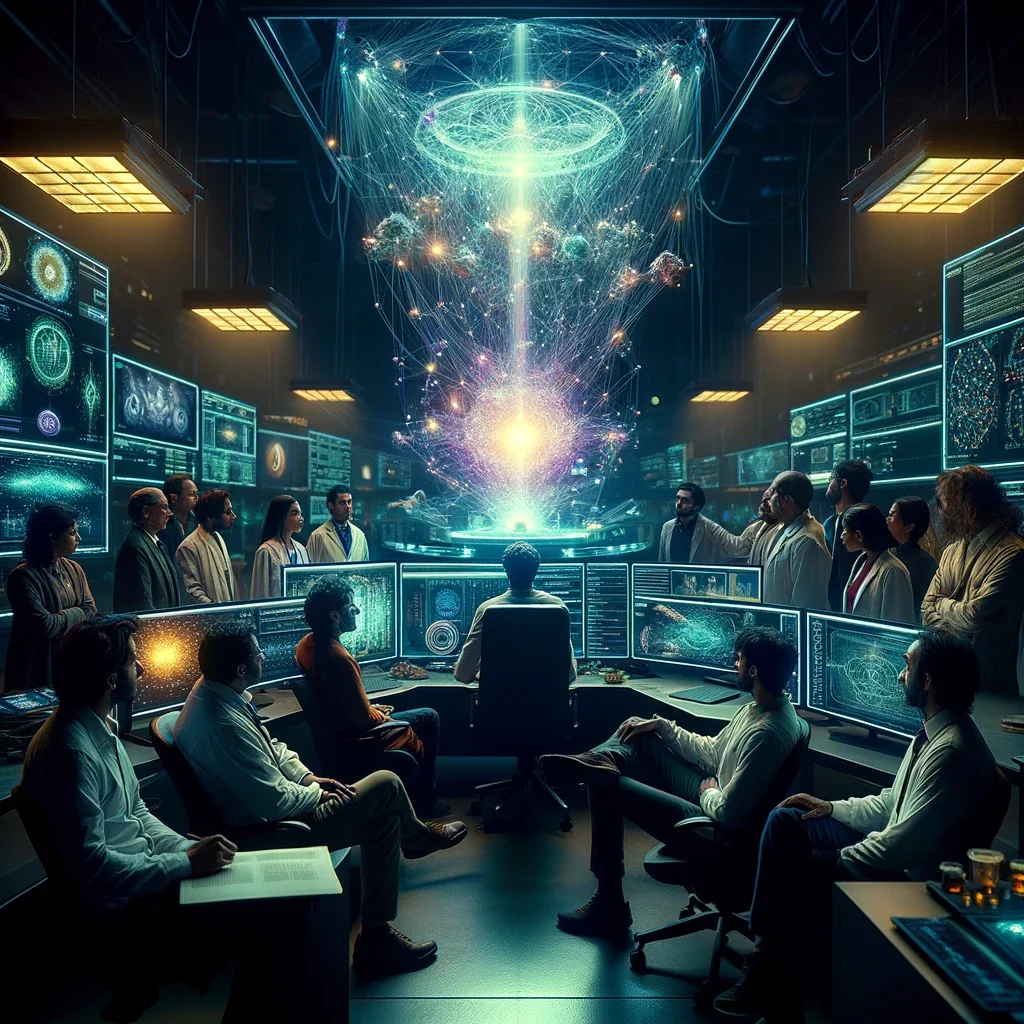Artificial intelligence-generated deepfake content has emerged as a cause for concern as the United States’ election cycle approaches. These manipulated media pieces, ranging from fabricated explicit images to altered voices of prominent figures, have gone viral on social media platforms, sparking apprehension among lawmakers, public figures, and the public.
Swift incident: Deepfake images of Taylor Swift
One notable incident involves the creation and dissemination of fake explicit images of singer Taylor Swift. These images garnered millions of views on the social media platform X (formerly known as Twitter) before being taken down. Despite having rules against such content, the platform, owned by Elon Musk, faced challenges in promptly removing the deepfake images.
The concerns surrounding deepfakes have prompted reactions from prominent figures, including White House press secretary Karine Jean-Pierre. Voicing her alarm, Jean-Pierre stated, “We are alarmed by the reports of the circulation of false images.” This incident underscores the potential harm manipulated media can inflict, raising questions about the need for more stringent regulations.
Swift’s fanbase expressed outrage following the incident, leading to the trending phrase “protect Taylor Swift” on the platform. The episode serves as a reminder of the emotional toll deepfake content can take on individuals and the importance of safeguarding public figures’ identities.
AI specialist’s warning
AI specialist Henry Ajder, who closely monitors developments in artificial intelligence and deepfake technology, highlighted the ease with which disturbing deepfake content can be created. He emphasized that this issue is of particular concern for women and girls, regardless of their geographic location or social status.
Ajder called upon companies and regulators to take decisive action to curb the spread of manipulated media. He urged stakeholders to “do a better job creating friction from someone forming the idea to creating and sharing the content.” This emphasizes the need for collective efforts to address this growing threat effectively.
The recent deepfake incidents are not isolated cases. In the past year, students at a New Jersey school and a developer utilized AI to generate and share fake images and misinformation. These instances underscore the potential misuse of AI technology and the urgent need for safeguards against its harmful applications.
Even high-profile celebrities like actress Scarlett Johansson have fallen victim to deepfake technology. Johansson filed a lawsuit against an AI generator for the unauthorized use of her likeness, highlighting the legal challenges surrounding deepfake content.
AI-generated news: A growing concern
Beyond individual cases, concerns are mounting about the impact of AI-generated news. Recent reports have revealed the existence of 49 AI-generated news websites, raising questions about the technology’s potential to enhance fraudulent techniques in news dissemination. This further underscores the need for vigilance and oversight in the AI era.
As the U.S. election cycle draws nearer, artificial intelligence-generated deepfakes have become a source of widespread concern. The ease with which manipulated media can be created and disseminated has alarmed public figures, lawmakers, and the public. Recent incidents involving Taylor Swift, Joe Biden, and others serve as stark reminders of the potential harm deepfakes can inflict on individuals and society.
Furthermore, historical incidents and the misuse of AI in generating fake content underscore the need for proactive measures to safeguard against its harmful applications. As the debate over AI-generated news continues, it is clear that vigilance and regulation are essential to protect individuals and the integrity of information in an increasingly digitized world.






